The quality of food and prevention of food-borne illnesses is paramount for any business operating in the food industry. That’s why there are food manufacturing safety standards that are necessary to uphold.
Food manufacturing safety can spell the difference between outbreaks, recalls, and illnesses or healthy consumption. As such, it cannot be overlooked. We’re going to review what food manufacturing safety standards are, key components, and explore technological innovations that are helping to shape the industry for the better.
Understanding Food Manufacturing Safety Standards
Food manufacturing safety standards are rules and regulations set forth by governing bodies and organizations to protect the quality and safety of the food supply chain.
The goal is to prevent foodborne illnesses, reduce contamination, and ensure that workers who are involved in the processes are safe.
Food manufacturing safety standards begin where the supply chain does– with raw materials and ingredients. This way, the materials that make it to the manufacturing floor to transform into food products are considered ready and safe for use.
Various governing bodies and agencies are involved in regulating the food industry, including:
FDA
The FDA, or Food and Drug Administration, in the United States, is responsible for safeguarding the food supply in terms of safety, sanitation, and labels. The FDA regulates ingredients, offers training programs, and oversees food establishments to perform inspections and grant grades.
USDA
The USDA, or the United States Department of Agriculture, oversees America’s poultry, meat, and processed egg supply to ensure that it is safe and rightfully labeled.
EFSA
The EFSA, or European Food Safety Agency, is akin to the FDA in that it is the risk assessment body for the EU.
Key Components of Food Manufacturing Safety
Food manufacturing safety involves the ingredients as much as the people and machinery. Check out the key components that must be looked after to adhere to regulations:
Hygiene and sanitation practices
For those working in food manufacturing, solid hygiene and sanitation processes are a must. Of course, this begins with washing your hands before touching any food products, along with wearing proper gear, such as gloves. Additionally, certain ingredients should not be cross-contaminated, i.e. vegetarian food with meat products.
Personnel training and qualifications
Food manufacturing safety standards should be clearly expressed and understood during employee onboarding. Furthermore, even with trained professionals on the team, it’s important to provide refresher training courses and updates so employees always know the latest regulations and protocols to upkeep.
Facility design and maintenance
Surfaces and equipment also have their fair share of sanitation requirements. Equipment must be washed with hot and soapy water before and after each use. Equipment should be inspected to ensure there are no insects or foreign objects. Additionally, consistent maintenance on machinery can prolong its life span.
Implementing Hazard Analysis and Critical Control Points (HACCP)
Hazard Analysis and Critical Control Points (HACCP) is a system to monitor food from harvest to consumption in an effort to prevent foodborne illness risks. In order to implement the system, companies must:
- Identify Hazards: Begin by listing every step involved in the food preparation process and noting any hazards that could exist. At this stage, it’s imperative to decide whether the hazard can be eliminated, prevented, or reduced.
- Critical Control Points: Determine critical control points (CCPs), which is when you apply the step/approach chosen to the hazard, i.e. prevention, reduction, elimination.
- Set Limits: Define the critical limits.
- Monitor: Put in place procedures for monitoring so that critical limits are not surpassed.
- Corrective Actions: If any CCP falls short of critical limits, take corrective actions.
- Verify: Make sure that your HACCP is working as you’d hope by assessing outcomes.
- Documentation: Be sure to maintain records of all verifications.

Ensuring Ingredient and Raw Material Safety
Just like building a safe house requires a solid foundation, food production relies on quality raw materials. In order to protect the end product, it all starts with the initial ingredients.
A few best practices you can enact to maintain raw material safety include:
- Supplier approval and monitoring: Source from suppliers that believe in the same quality standards as your business. Conduct checks to validate that the suppliers are upholding these standards as your relationship progresses.
- Handling and storage practices: It’s recommended to have a food safety supervisor (FSS) who can watch over the team and make sure that handling processes are kept in good order. An FSS must hold formal certification for this role.
Packaging and Labeling Compliance
Along with food manufacturing safety standards in terms of materials, ingredients, handling and storage, the processes don’t end there. It’s also necessary to adhere to regulations regarding packaging and labeling. You must make sure that:
- Packaging is safe
- Packaging contains accurate ingredient labeling and allergen information
- Checks off all regulatory requirements for product labeling
Emerging Trends and Technologies in Food Safety
Innovative technologies are positively impacting every industry, and that includes food safety. These are some of the emerging trends we can expect when it comes to assisting with food manufacturing safety standards:
Food Traceability and Tracking
Thanks to automation solutions, employees can spend less time conducting manual and time-consuming tasks. In terms of food tracking, software can be used to print labels, for example. Additionally, artificial intelligence is being applied to reduce the cases of foodborne illnesses and human errors.
Food Safety Communication
Messaging systems and apps can alert employees in real-time should a food recall be issued. This way, they can limit delays in removing it from the shelves or menus, thereby reducing the number of people that may be affected.
Speech-Enabled AI
Speech-powered AI tools like aiOla help frontline workers on food manufacturing floors. aiOla automatically digitizes your critical workflows for completion via speech or touch. Most impressively, aiOla understands business-specific jargon in over 100 languages in any accent and acoustic environment. This means that frontline workers in food manufacturing can conduct workflows in less time, while capturing otherwise lost data to improve operations and make informed decisions in real-time.

Food Manufacturing Safety Leaves a Good Taste
Food manufacturing safety standards are paramount to a food business’ success, as well as customer experience. The regulatory bodies and agencies that oversee food safety exist for the benefit of everyone. Moreover, while there is a lot to keep track of when it comes to food manufacturing safety standards, emerging and innovative technologies are continuing to alleviate the burden on employees.








